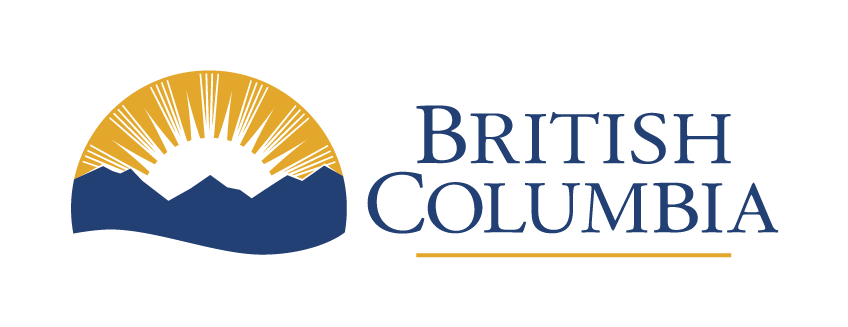Working alone risk assessment and check-in
This information about risk assessment and check-in procedures is for BC Public Service employees working alone or in isolation.
On this page
As defined by WorkSafeBC, working alone or in isolation means working in circumstances where assistance is not readily available in case of an emergency, injury or poor health.
Isolation also includes situations such as two employees working together, but unable to get emergency help quickly due to their remote location.
Flexible work arrangements may include working in your home office, driving in remote areas, visiting a client at their home or assigned to work after regular office hours with no other employees around. These situations call for a risk assessment and may require a check-in procedure.
Working alone regulations apply only if you're assigned to work alone. They don't apply when employees work on their own accord, such as if they come in early, work late or work on a day off.
For working alone information on flexible work and telework working alone see Safety inspection for working at home.
Risk assessment
The Occupational Health and Safety Regulation requires all B.C. employers to establish check-in and other procedures to protect employees working alone or in isolation, whether in the field or in an office. The ministry may determine what check-in procedure meets both operational and occupational safety requirements.
If you answer 'yes' to any of the following questions, your supervisor needs to create a check-in procedure.
- Do you work alone in your home office?
- Do you work alone for periods of time, including before or after normal working hours?
- Do you work away from your regular work location to meet clients or regulatory staff or social workers?
- Do you work along remote routes (such as resource and rural roads) where assistance may not be readily available?
- Does your position require you to be in remote areas? For example, to conduct inspections in the field?
- Do you perform hazardous activities (such as work in confined spaces)?
- Do you work or travel in extreme weather conditions?
- Do you work in places isolated from public view where you are at risk of violent attack? For example, enforcement officers in correctional facilities, or social and health care workers visiting clients in their homes.
When working alone, do any of the following risks exist:
- Face-to-face contact with clients?
- Mechanical hazards (for example, operating a chainsaw)?
- Compliance/enforcement duties?
- Environmental hazards?
- Driving a vehicle?
- Working with money, drugs or other valuables?
Use the Working Alone Program Checkup (PDF, 41KB) (IDIR restricted) to assess risks and create a formal working alone plan.
Check-in and -out requirements
If your supervisor determines you meet the requirements for working alone or in isolation, they must set up a check-in procedure with you.
A written procedure must state the time that lapses between check-in and -out and confirms check-in and -out will be documented. It’s recommended check-in and -out records be kept for a minimum of two weeks to prove there is a WorkSafeBC compliant system in place.
The interval between checks is based on the risk involved in the work assigned. In higher risk occupations, more frequent check-ins are required.
The time between checks must be decided on between the supervisor and the employee in consultation with the local Occupational Health and Safety Committee.
Written procedures must also include what to do if a check-in or -out is missed.
Check-in and -out methods
The check-in and -out procedure can be done by email, instant message or phone call. For field work, equipment such as cellphones, radios, satellite phones or GPS trackers may be required. Using email or instant messaging makes record keeping easier.
Workplaces may subscribe to an automated service such as SafetyLine (the current Corporate Supply Agreement holder for the Public Service) for check-in and -out. This program interacts with employees and monitors for missed checks. It alerts the supervisor if the employee misses a check-in or -out, allowing for an emergency response. If the employee does not miss their check-in or -out, the system continues to monitor. This type of system allows workplaces to ensure the safety of large numbers of employees who are working alone or in isolation.
